- Home
Page 4
Page 4
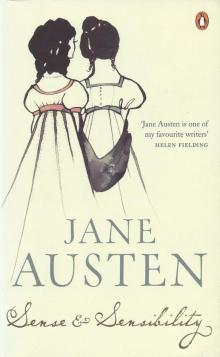 Sense and Sensibility
Sense and Sensibility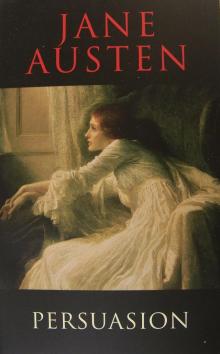 Persuasion
Persuasion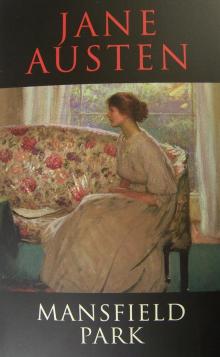 Mansfield Park
Mansfield Park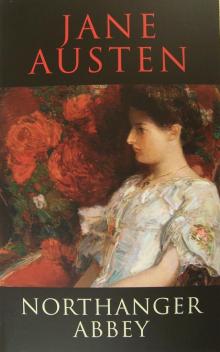 Northanger Abbey
Northanger Abbey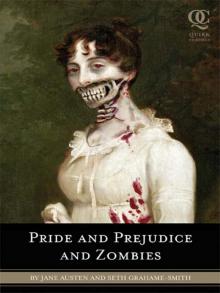 Pride and Prejudice and Zombies
Pride and Prejudice and Zombies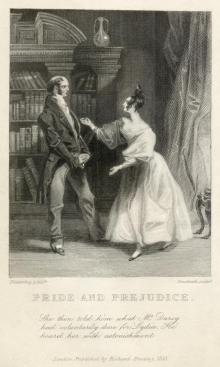 Pride and Prejudice
Pride and Prejudice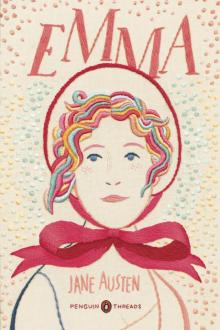 Emma
Emma Persuasion (Dover Thrift Editions)
Persuasion (Dover Thrift Editions)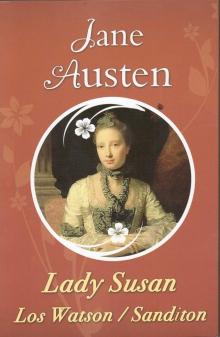 Lady Susan
Lady Susan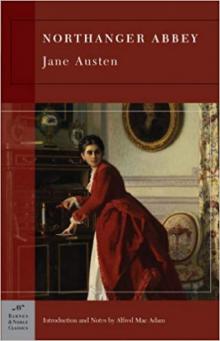 Northanger Abbey (Barnes & Noble Classics)
Northanger Abbey (Barnes & Noble Classics)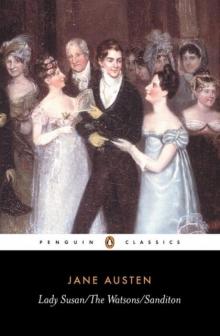 Lady Susan, the Watsons, Sanditon
Lady Susan, the Watsons, Sanditon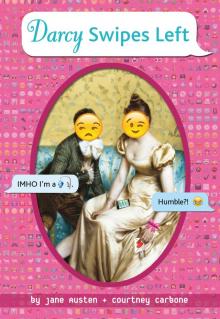 Darcy Swipes Left
Darcy Swipes Left Persuasion: Jane Austen (The Complete Works)
Persuasion: Jane Austen (The Complete Works)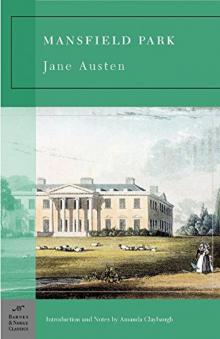 Mansfield Park (Barnes & Noble Classics Series)
Mansfield Park (Barnes & Noble Classics Series)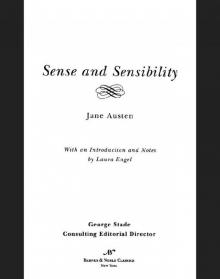 Sense and Sensibility (Barnes & Noble Classics Series)
Sense and Sensibility (Barnes & Noble Classics Series) The Annotated Sense and Sensibility
The Annotated Sense and Sensibility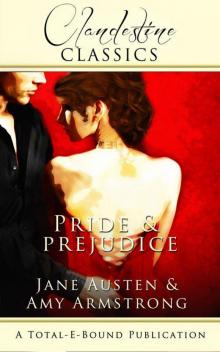 Pride and Prejudice (Clandestine Classics)
Pride and Prejudice (Clandestine Classics)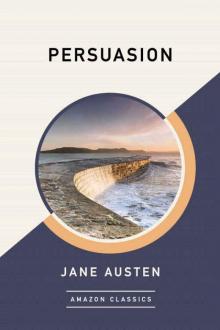 Persuasion (AmazonClassics Edition)
Persuasion (AmazonClassics Edition)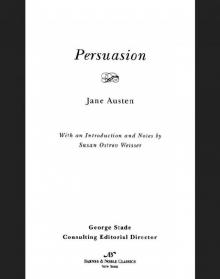 Persuasion (Barnes & Noble Classics Series)
Persuasion (Barnes & Noble Classics Series)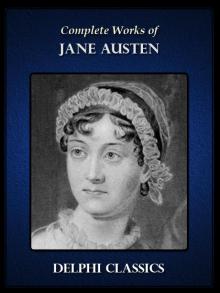 Complete Works of Jane Austen
Complete Works of Jane Austen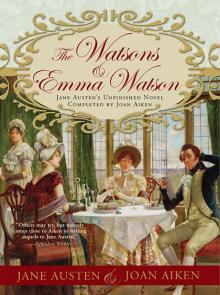 The Watsons and Emma Watson
The Watsons and Emma Watson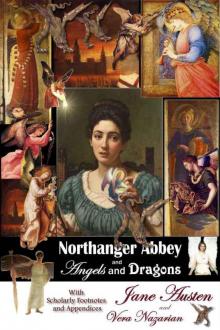 Northanger Abbey and Angels and Dragons
Northanger Abbey and Angels and Dragons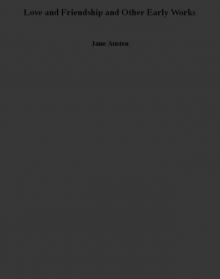 Love and Friendship and Other Early Works
Love and Friendship and Other Early Works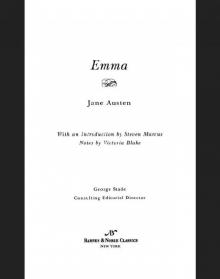 Emma (Barnes & Noble Classics Series)
Emma (Barnes & Noble Classics Series)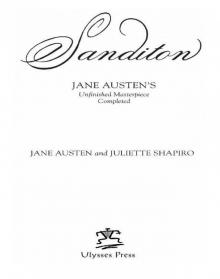 Sanditon
Sanditon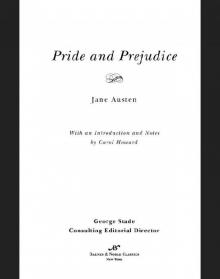 Pride and Prejudice (Barnes & Noble Classics Series)
Pride and Prejudice (Barnes & Noble Classics Series)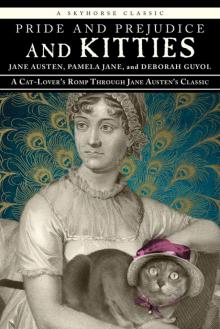 Pride and Prejudice and Kitties
Pride and Prejudice and Kitties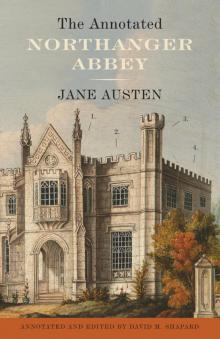 The Annotated Northanger Abbey
The Annotated Northanger Abbey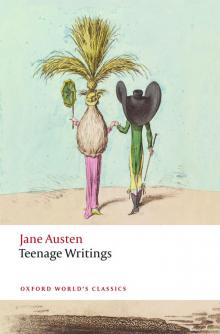 Oxford World’s Classics
Oxford World’s Classics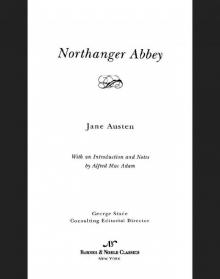 Northanger Abbey (Barnes & Noble Classics Series)
Northanger Abbey (Barnes & Noble Classics Series)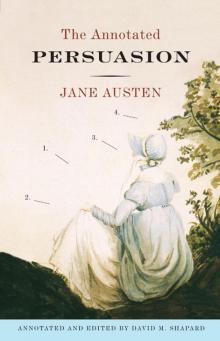 The Annotated Persuasion
The Annotated Persuasion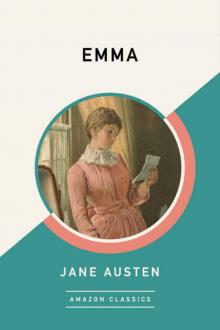 Emma (AmazonClassics Edition)
Emma (AmazonClassics Edition)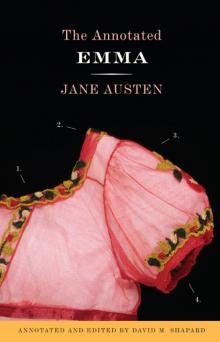 The Annotated Emma
The Annotated Emma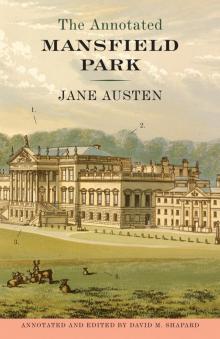 The Annotated Mansfield Park
The Annotated Mansfield Park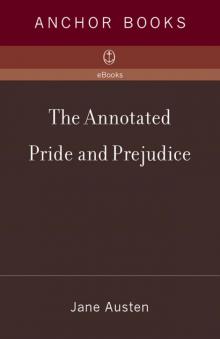 The Annotated Pride and Prejudice
The Annotated Pride and Prejudice